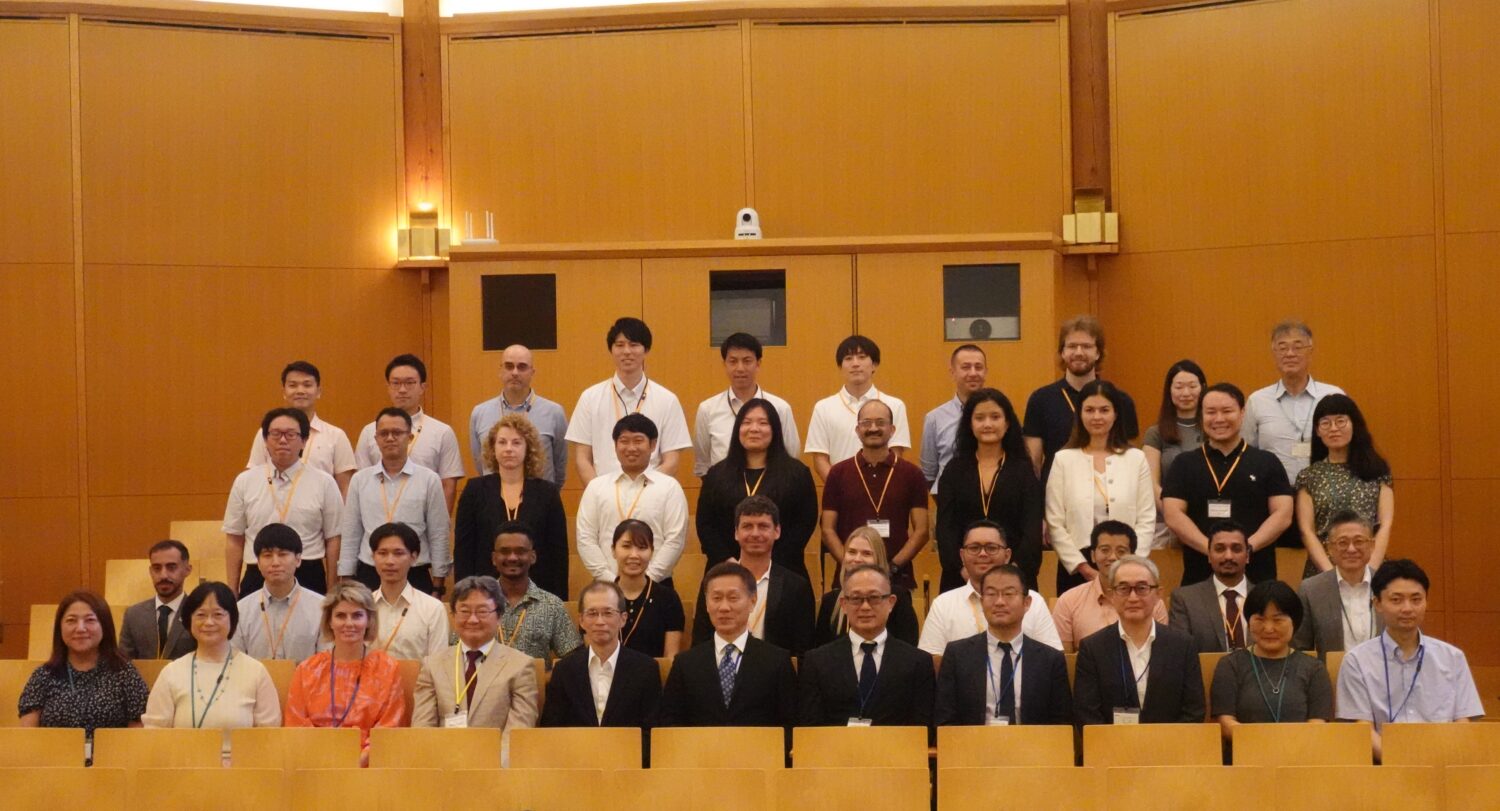The paper described recent circumstances and major energy measures in terms of three pillars: progress in Fukushima reconstruction, new developments in energy policy, and domestic and international energy system reforms and industry trends.
Under the first pillar of recent circumstances and energy measures—progress in Fukushima reconstruction—the paper began by positioning the giant March 2011 earthquake and the Fukushima Daiichi accident as a “turning point for Japan’s energy policy in its entirety.” It presented various issues regarding Japan’s natural resources and energy that came to light after the giant earthquake of March 11, 2011.
It then talked about measures for decommissioning and contaminated water at the Fukushima Daiichi Nuclear Power Plants in the six years since the earthquake, along with the reconstruction of Fukushima, damage compensation, and recent measures regarding reforms at the Tokyo Electric Power Co. (TEPCO), the owner of the NPPs.
As for decommissioning activities, the paper stated its high appreciation, to a certain extent, the progress made so far in the “Mid-and-Long-Term Roadmap” toward decommissioning Fukushima Daiichi. It said that “although some delays have been seen, the decommissioning work has been proceeding steadily overall.”
Meanwhile, under the second pillar of recent circumstances and energy measures—namely, new developments in energy policy—the White Paper talked about such issues as trends in resource development toward ensuring a stable supply of energy for Japan, the current state of energy conservation, and policies on renewable energies toward achieving both economic growth and environmental protection.
Concerning the reform of the country’s electricity system, the paper introduced discussions by a subcommittee and working group under the Advisory Committee for Natural Resources and Energy on identifying issues and establishing an appropriate system.
Regarding nuclear policy, the paper also pointed out the need to continually improve safety voluntarily—in contrast to a mere mechanical compliance with safety regulations—once the retail power market is fully deregulated, with the increased quest for economic efficiency in a competitive environment.
The paper then went on to mention discussions by a working group under the Advisory Committee for Natural Resources and Energy on voluntary efforts and continuous improvements in nuclear safety. It said that all nuclear-related parties—including the regulatory body, nuclear operators, manufacturers and relevant ministries and agencies—should pursue safety improvements in their own capacities, advising each other on issues. It also proposed that they aim at a higher level of safety by building an “autonomous system for the continual improvement of nuclear safety.”
Considering nationwide changes in the business environment surrounding energy, the White Paper analyzed trends within energy industries in other countries, under the third pillar of recent circumstances and energy measures, namely, domestic and international energy system reforms and strengthening competitiveness of the energy industry.
The paper looked particularly at Europe, where market deregulation has moved further along than in Japan. It found that while competition and risks are increasing in individual domestic markets, energy companies in Europe have been actively entering newly-opened overseas markets. Various data were presented, such as domestic vs. overseas sales ratios.
Regarding technological innovation and the creation of new services in the nuclear field, the White Paper, summarizing it in column form, took up the example of small modular reactors (SMRs) developed by the U.S. venture company NuScale Power. The reactors have single outputs of only 50MWe, enabling easier cooling and improved safety. Also, each unit is manufactured at a factory erected at the site, resulting in shortened work periods and reduced costs.










